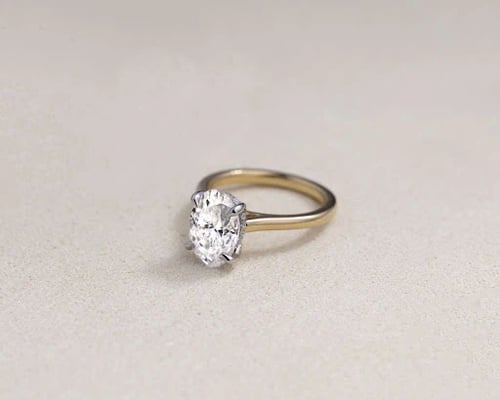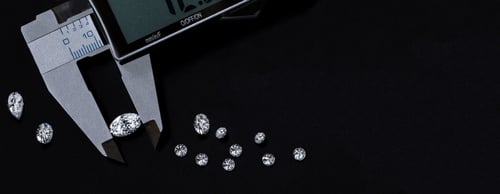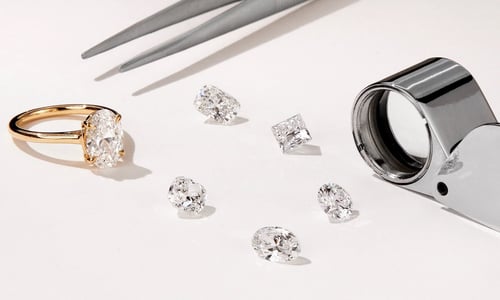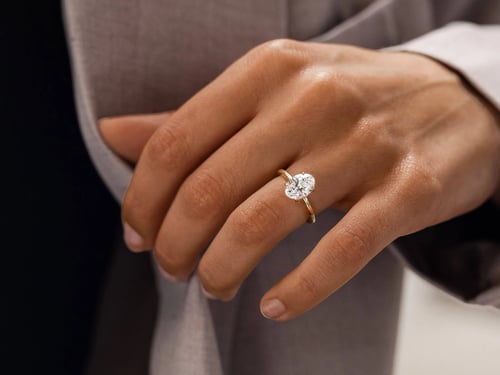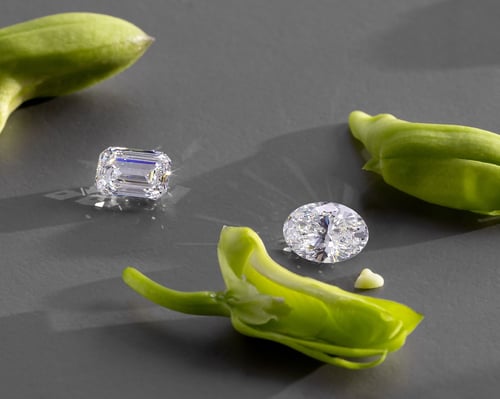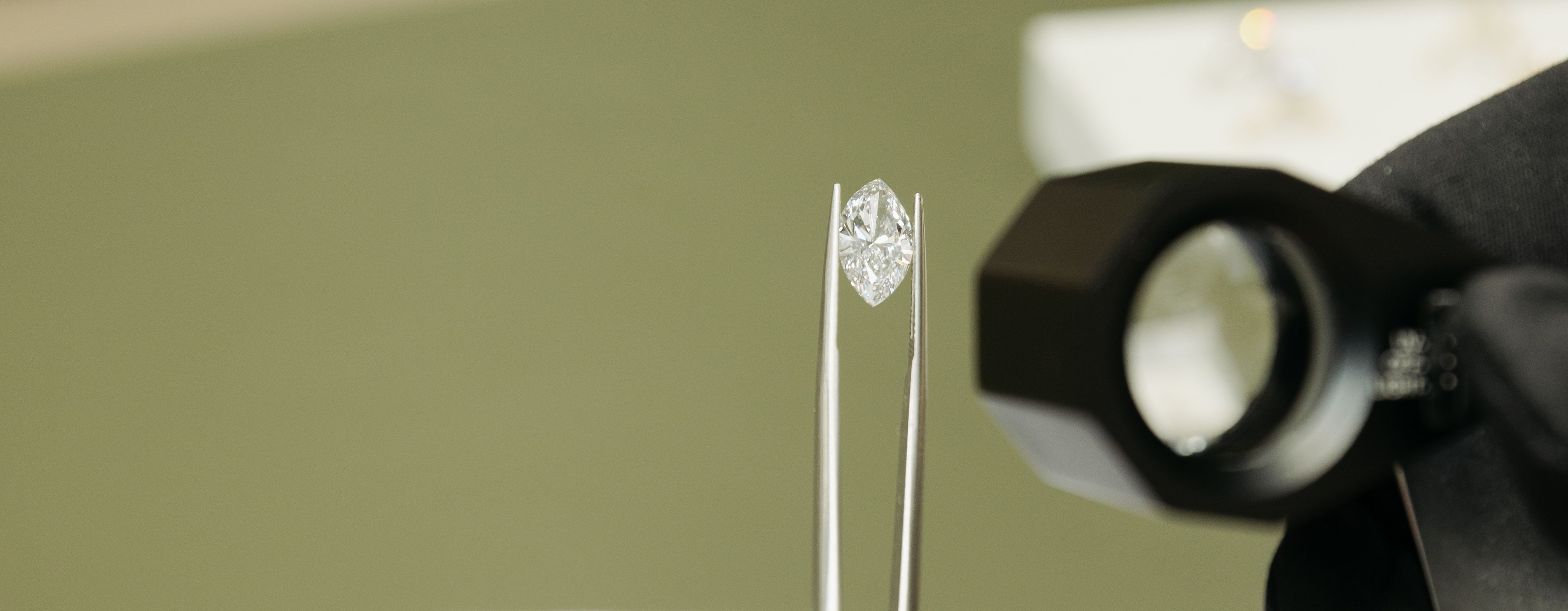
When it comes to lab diamonds, there’s a lot of noise, and even more misinformation. While lab grown diamonds have surged in popularity due to their ethical and environmental advantages, confusion still lingers around their quality, value, and longevity. We’re strong believers in the power and beauty of lab grown gemstones, but it would be wrong of us not to address some of the genuine concerns people have. Of course, nothing is perfect, so we’re breaking down some of the most common misconceptions about lab grown diamonds.
Are lab diamonds real diamonds?

In short, yes, lab grown diamonds are real diamonds . You see lab diamonds are chemically the same as mined diamonds — both are made of pure carbon atoms arranged in a crystal structure. This also means the naked eye cannot tell lab grown and mined diamonds apart. Experts can use specialist tools which tell us about the source of the stone.
The major difference between these stones is how they are made . While mined diamonds take millions of years to form in the ground, modern technological developments mean we’ve found a way to do this process in a shorter time-frame, without the need for mining — avoiding the negative environmental impact.
Are lab grown diamonds inferior in quality?

As we’ve explored, lab grown diamonds and mined diamonds are identical to the naked eye, so their quality is also just as good as mined diamonds . In fact, due to lab grown diamonds being produced in a controlled environment rather than in the ground, they generally have fewer inclusions (internal marks) and better clarity than the average mined diamond, lab grown diamonds are usually graded J (near colourless) or clearer. They are also just as durable as mined diamonds, ranking as a 10 on the Mohs hardness scale (the scale which determines how hard a gemstone is).
Lab grown diamonds do get a bad rap. Many people believe lab grown diamonds can turn yellow or cloudy over time. but just as this wouldn’t happen with mined diamonds, it won’t happen with lab diamonds either. People can get confused between other diamond “lookalikes” like cubic zirconia which can change over time — though CZ and lab grown diamonds are two completely different things. Therefore, for an engagement ring, durability and beauty proves that lab grown diamond quality (at least with us) is unrivalled.
Are lab grown diamonds a bad investment?

The golden question. Those looking at a lab diamond engagement ring might be concerned about the lack of information about investing in lab grown diamonds. Mined diamond traditionalists will often bring up this point as a way to deter people from choosing a lab grown ring. What’s important to note is that generally mined diamonds will also not recoup their value upon resale unless it’s a D colour, high carat weight, or a rare colour like pink, red or green.
And remember, mined diamonds generally cost a lot more than lab grown diamonds. While you may recoup almost 0% of what you paid for a lab diamond, typical resale value for natural diamonds is around 30-50%. So while the resale percentage of lab diamonds is much lower, the amount lost on mined diamonds will always be significantly higher due to their initial inflated prices. We’re sorry to say but if you’re looking to make an investment this year, maybe look to something other than an engagement ring.
Are lab grown diamonds actually sustainable?
_(1).jpg)
It depends. Compared to most mined diamonds, lab diamonds are significantly better for the environment as the whole process of mining is avoided. As with everything, you can find some very high quality lab diamond brands with transparent supply chains. On the flip side, there are lab grown brands who are in the industry to turn a profit at any cost to the environment — differentiating between these is up to you. The way to do this is to ask the right questions.
The truth is that producing a finished diamond, whether mined or lab, requires significant energy resources. Growing a one-carat diamond requires up to 215 kWh of energy. The carbon footprint of a one-carat lab diamond can be up to 612 kilograms of CO2e emissions — equivalent to 2,507 kilometres driven by an average gasoline-powered car. This is why since 2023 we have been offering carbon-neutral lab diamonds, offsetting the emissions generated during the growing process through verified environmental projects worldwide.
Any jeweller or gemstone seller should be able to tell you where your stone is from, and how the piece of jewellery is made. At Cullen, our Impact Report can tell you all about our supply chain, from our in-house precious metal recycling initiative to our range of carbon-neutral diamonds.
Summary
So we’ve covered that lab grown diamonds are real, durable, sustainable and (most importantly) beautiful. While they might not make the best investment compared to your stock portfolio, they provide the ability to invest in bettering the world through a small decision to opt for a lab grown stone.
If you'd like to speak to our team about choosing a ring, or chat more about lab grown diamonds — make an appointment here .
